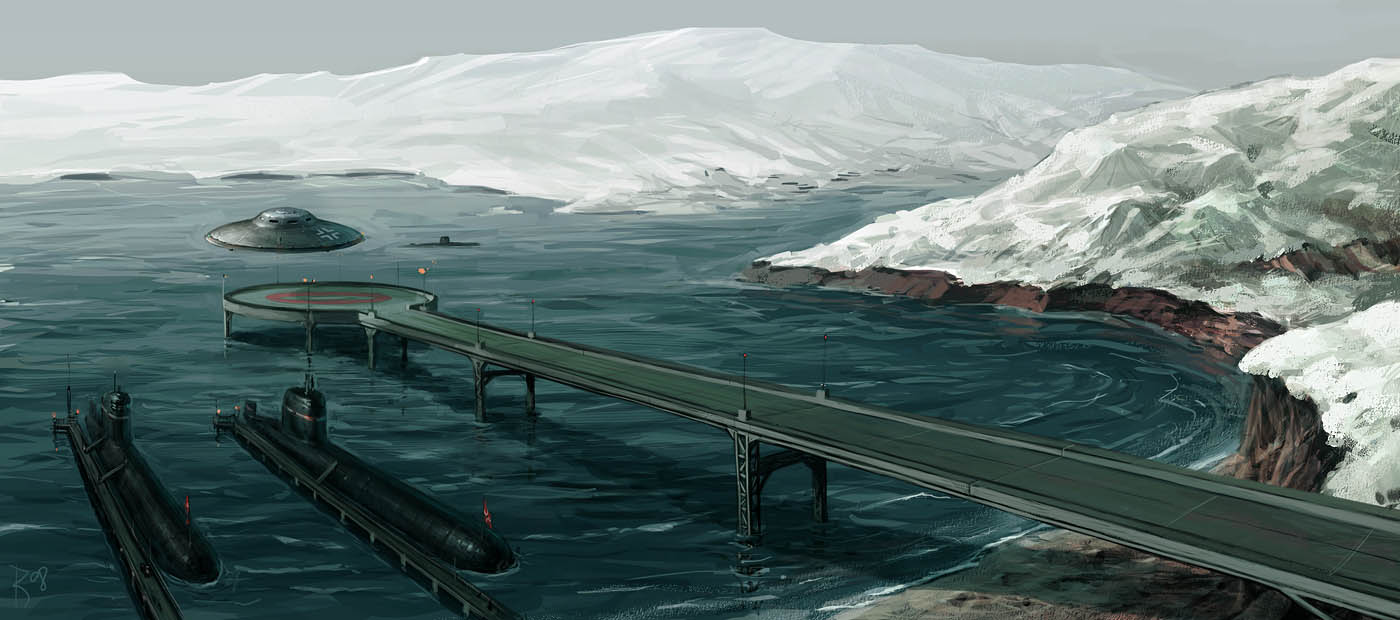


Within weeks, the spacecraft pinged home. "Parents used to go to that shrine and pray their kid will come back," Fujimoto says.

Junichiro Kawaguchi, the JAXA scientist who led the mission, even remembers visiting a small shrine, about five minutes walk from mission control, to ask for divine intervention. The team tried everything to locate the spacecraft. It arrived at Itokawa three months behind schedule, and an attempted landing proved disastrous when a leak in the spacecraft's thrusters reduced its ability to manage its orientation. Then, during its cruise phase, it was hit by a massive solar flare - during a year of hellacious sun activity - disrupting its solar cells and decreasing the efficiency of its engines. Its initial launch was delayed, forcing it to change targets to a bean-shaped asteroid named Itokawa. "Hayabusa was a very challenging mission," says Saiki Takanao, a mission engineer with JAXA. The thinking back then, Fujimoto says, was to perform a feat of cosmic exploration NASA "would never dare" attempt, but the mission was plagued by problems almost as soon as it launched. The first asteroid sample-return mission ever attempted, Hayabusa was designed to travel to an irregular, slug-shaped body known as 4660 Nereus, briefly touch down on its surface, steal away pieces of rock and ferry them back to Earth. The original 2003 mission put JAXA on the world stage, highlighting its engineering prowess. Hayabusa2's journey began 18 years ago with its predecessor, Hayabusa. The Woomera Theatre was set to play the Rami Malek-led Queen biopic, Bohemian Rhapsody, just hours before the sample capsule's return. Hayabusa2's journey has been near flawless to date, but JAXA's runsheet never included "global pandemic." Travel restrictions forced Fujimoto to rewrite sample retrieval plans in April 2020, cutting the recovery team in half and mandating a quarantine period of 21 days for team members traveling to Woomera. The perfect place to drop an asteroid sample. Few places are as desolate, and yet as accessible, as Woomera. Trained as a theoretical physicist, he's leading the sample capsule recovery from the ground in Australia, overseeing nearly 80 scientists and engineers who have descended on the tumbledown outback town of Woomera.įlat, ochre plains stretch for miles. Yet for the mission to be considered a complete success, the team must land Hayabusa2's sample capsule safely back on solid ground.įujimoto, the deputy director general of JAXA's Institute of Space and Aeronautical Science, is responsible for bringing the spacecraft and its samples home. On a smaller budget than NASA's, with a much smaller team, Japan wrote its way into space history. The spacecraft's achievements are some of the most valuable in the history of deep space exploration, akin to NASA's feats of landing rovers on Mars or exploring Pluto and its moons up close. But the mission's masterstroke was sampling material from that wound it created in Ryugu's side, the first time a spacecraft has snatched rock from beneath an asteroid's surface. It imaged the exterior of the asteroid in exquisite detail and blasted a hole in its side with a copper cannonball. It visited the dark, enigmatic Ryugu, an asteroid orbiting between Earth and Mars, and landed hopping robots on its surface. Over the past six years, Hayabusa2 has achieved an extraordinary engineering triumph, filled with exhilarating firsts. Locked inside is ancient cargo - pieces of a 4.6 billion-year-old near-Earth asteroid collected by Hayabusa2, the star spacecraft in the Japan Aerospace Exploration Agency fleet. It's less than 48 hours from when a 16-inch-wide steel capsule will do just that, rocketing through the atmosphere before unfurling a parachute and gently landing in a sparsely populated area of the Australian outback. One line is particularly prophetic for the 56-year-old astrophysicist. Queen's Don't Stop Me Now has been playing on repeat, in his head, for weeks. In this inaugural episode of Deep Space, we scour the world uncovering evidence of arcane extraterrestrial civilizations and examine NASA’s interest in recovering advanced technology from these locations.īecome a Gaia member to find out more about Earth and our history in Deep Space.In a gray camouflage tee and blue denim jeans, Masaki Fujimoto is dressed all too casually for a man about to make history. But what if this was all a major front to obscure NASA’s interest in ancient space programs? Scattered all about the world, many ancient sites hold subtle clues that we have not been alone for a very long time. Since the 1960’s, NASA-born space programs have taken a prominent place in the media and collected accolades for their accomplishments of furthering humanity into the space age.


 0 kommentar(er)
0 kommentar(er)
